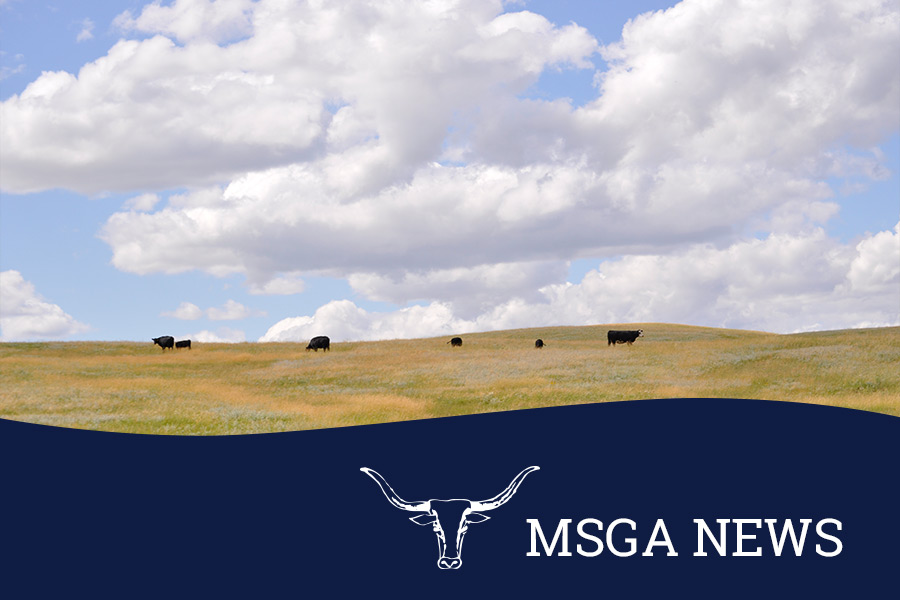Snowfall in some locations of Montana has been record-breaking during February, resulting in snowpack totals for March 1st that are well above normal for most river basins, according to snow survey data collected by the USDA Natural Resources Conservation Service (NRCS). Twenty-five SNOTEL (SNOwpack TELemetry) stations and manual measurement locations set new records for February totals, and 21 measurements at other locations were the second highest on record.
“Abundant mountain, valley and plains snowfall this winter have Montana under a blanket of snow at the beginning of March,” said Lucas Zukiewicz, NRCS water supply specialist for Montana. “While this is great news for long-term water supply, it’s been hard on a lot of families and businesses in the plains.”
Snowpack totals are above normal in all major river basins of the state of Montana for March 1, and some measurement locations are setting records for this date. Fifteen snowpack measurement locations have set a new record for March 1, and 12 are the second highest on record. Most of these records are being set in the headwaters of the Upper Clark Fork, mountains of the Missouri Mainstem around Helena and in the headwaters of the Upper Yellowstone and Clark’s Fork of the Yellowstone River basins. While not record-setting, most other river basins have seen consistent and above normal moisture this winter due to the favorable La Nina weather patterns this winter. Many snowpack measurement locations have already reached the normal “peak,” or maximum amount of snow water contained in the snowpack, on March 1st. Zukiewicz said only one area seems to be left out of this year, the Centennial range which serves as the headwaters for the Red Rock River in southwestern Montana. It has a snowpack that remains below normal for this date.
“As we approach spring, water users across the state start to plan for the coming growing season, water supply and allocations from spring runoff of the mountain snowpack,” Zukiewicz said. “This year looks to deliver above average flows in the rivers in most locations due to the deep mountain snowpack.”
On March 1, the NRCS Montana Snow Survey began to issue forecasts for the spring and summer runoff with many locations forecasted to be above to well above average. Some forecasted volumes for rivers in south-central Montana for the April 1 through July 31 period are approaching records. “The median forecast for the Clark’s Fork at Belfry, Mont., is above the record for that location,” Zukiewicz said. “There’s going to be a lot of water coming out of the Beartooth Range this spring and summer.”
While spring is always critical to the timing and volume of water supply, Zukiewicz said he will keep a close eye on the week-to-week weather patterns over the next few months. Climatologically, the months of March through May are some of the most significant months with regards to precipitation for river basins east of the Divide, and many basins already have an above-normal snowpack. Any continued snowfall will build on the above normal snowpack and will further increase the amount of water available for runoff.
“At this point, we have pretty close to assured adequate water supply in many areas due to heavy early season snowfall,” Zukiewicz said. “As much as it pains me to say it, a normal month or two would be the best case scenario from here on out.” The NRCS Montana Snow Survey will issue the next snowpack report and updated water supply forecasts for the state on April 1, 2018. “By then we should have a good idea if this pattern is going to break or keep going.”
Individual point forecasts for streams and rivers can be found in the monthly NRCS Water Supply Outlook Report and should be consulted as conditions vary from basin to basin, and even within the basins themselves.
Monthly Water Supply Outlook Reports can be found at the website below after the 5th business day of the month:http://www.nrcs.usda.gov/wps/portal/nrcs/main/mt/snow/waterproducts/basin/
Source: NRCS





